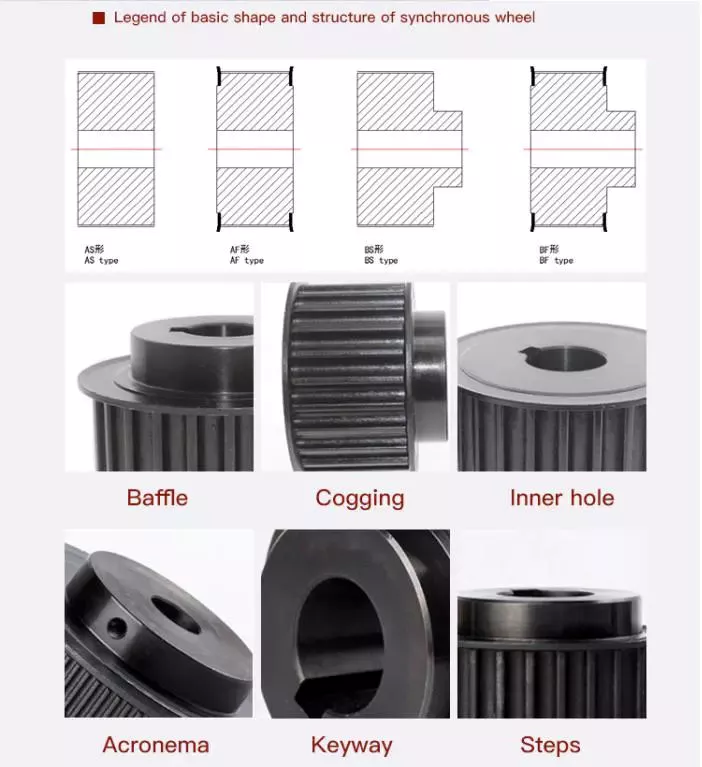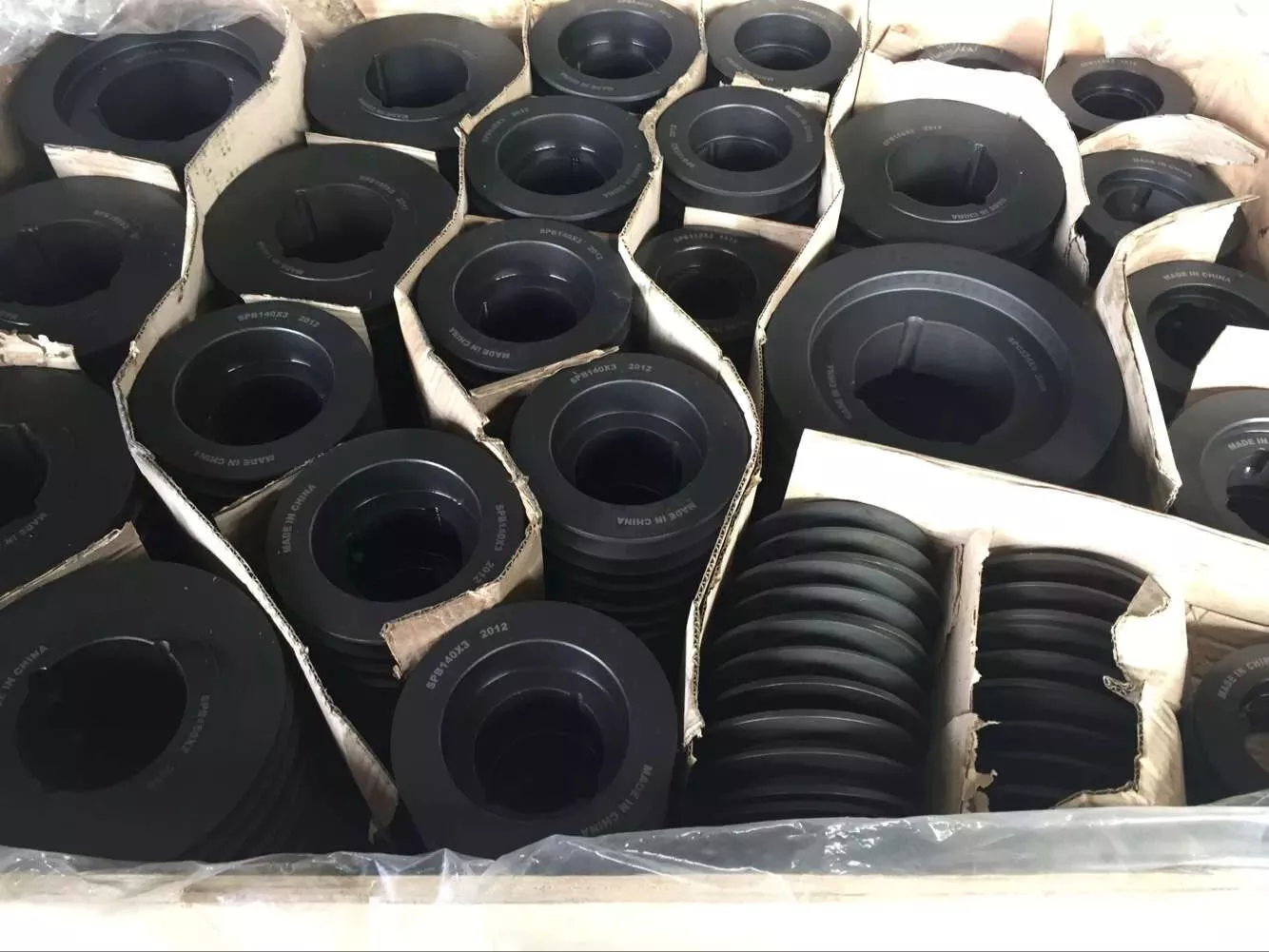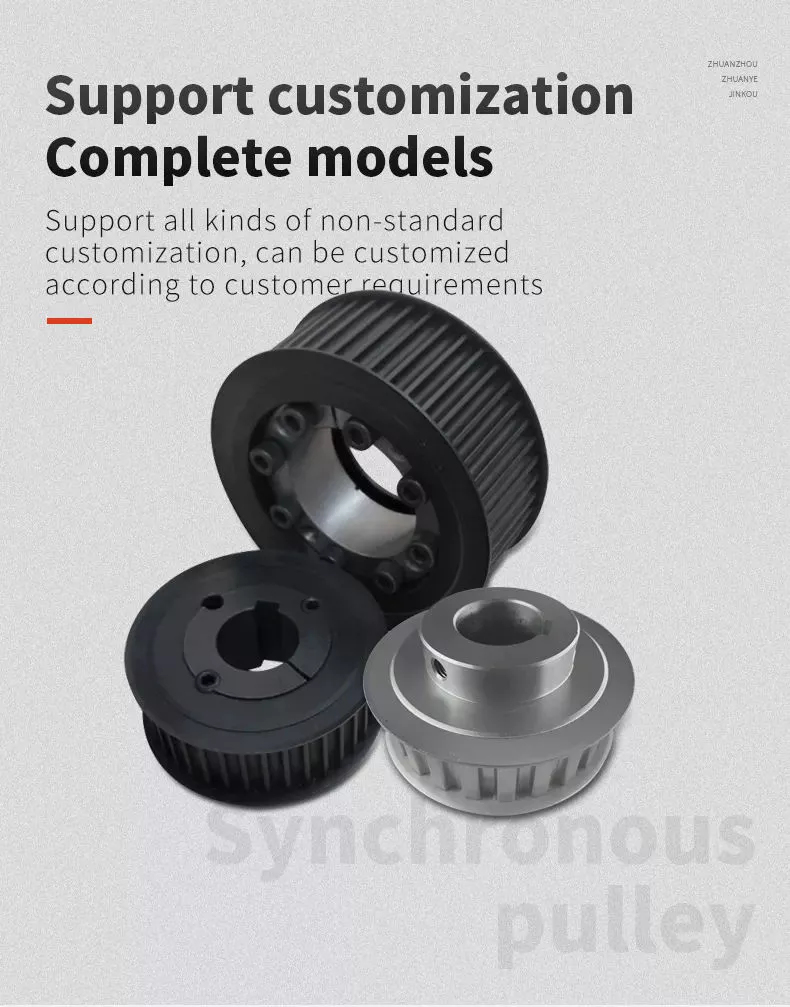Produkt Beskriuwing
Motorcycle pulley Driving Wheel Assy for GY6!
We can make with your samples and requirements!
| Information | |
| Model for | GY6 |
| Other model | Various models available |
| Pakket | LPI package |
| Trademark | LPI |
| OEM/Not OEM | OEM available |
Other stator we can supply for example:
More motorcycle parts we can supply!
| Motorcycle parts we can supply | |
| Engine parts | Cylinder head,Cylinder kit(Piston),Valve set,Arm rocker,Chain set(big sprocket,small sprocket,chain),Bearing,Clutch assy(clutch gear,clutch plates,clutch cover),Drive plate assy(weighing rollers,ace driven),Transmission assy( transmission belt,transmission,kick shaft,shift lever),Carburetor |
| Electrical parts | Stator,Stater motor,Ignition coil,Rectifier,CDI,Lock set(lock,cap) |
| Frame parts | Brake shoes,Brake disk,Barke pump assy,Fr&Re hub,Front hub iron,Rim,Brake pads,Rubber damper,Speedometer gear,Fuel cock,Speedometer,Turning light,Headlight,Tail light,Mirror,Fr&Re absorber,Horn,Cables(speedometer cable,throttle cable,brake cable),Battery,Battery |
| Body parts | Oil tank,Side cover,Front&Rear fender,Upper handie cover,Medification front cover,Front protector cover,Down cover,Side cover cap,Lnner box fairing |
| Motorcycle accessory | Handle grips,Nuts,Glooves |
More available parts for: Motorcycle,Atv,Pocket bike,Dirtbike etc
| HONDA | CG125 CG150 CG200 GY650( 125 150) C70 C90 C100 C110 CUB90 WAVE100 WAVE110 WS110 WAVE125 CB125 CB150 SH125 SH150 TMX125 XRM125 WH125 |
| YAMAHA | 3KJ50 BWS MBK YB50 2JA JOG50 CRYPTON110 XC125 Y110 RX115 JY110 YBR125 MAJESTY250 CYGNUS X125 MIO NOUVO JUPITER-MX RXS115 |
| SUZUKI | GN125 GN150 AX100 GS125 AD50 AG50 HJ125 SMASH110 |
| KAWASAKI | BC175 KRISS BAJAJ-CT100 BAJAJ-CNG125 |
| ITALIKA | CS125, DS125, XS125/150, DS150, GS150, WS150, ST70, STRADA70, ST90, AT110, ARGENTA110, FT110/125/150, XT110, FORZA150 |
| BAJAJ | BOXER CT100, PULSAR135/150/180/200, DISCOVER125/135, PLATINO100/125 |
About TTP:
TTP POWER DEVELOPMENT(HangZhou) CO.,LTD was founded in 2001s,which is responsible for the work related to assembly factories,repair shops and after-sales services. We mainly engaged in high-quality motorcycle spare parts exportation. With outstanding brand LPI,RACING BEE,TTP exports large quantity every year to European countries,South American countries,Middle East countries and Southeast Asia countries,etc. We offer different genuine parts for different motorcycle models,motorcycle engine assembly,motorcycle engine parts,motorcycle body parts,motorcycle accessories,also parts for POCKET BIKE,ATV,SCCOTER. With very kinds of variety parts,our clients fond of making long term corporation replationship with us.
The products are in high quality,beautiful design and reasonable price,with support of innovating R&D,the company always focuses on quality of products and services for every important customer and makes it as its whole life purpose.
| Nei-ferkeap tsjinst: | One Year |
|---|---|
| Garânsje: | One Year |
| Type: | Motorcycle Transmissions |
| Sertifikaasje: | SGS |
| Materiaal: | Alloy |
| Package Details: | Lpi Package |
| Oanpassing: |
Beskikber
| Oanpast fersyk |
|---|

What is the difference between a fixed and a swivel pulley?
Fixed and swivel pulleys are two common types of pulleys that differ in their design and functionality. Here are the key differences between these two types:
1. Fixed Pulley: A fixed pulley is a type of pulley that is mounted or attached to a fixed point, such as a beam or a ceiling. It does not move or rotate independently of its mounting point. The primary function of a fixed pulley is to change the direction of the force applied to a rope or cable. When a force is applied to the rope or cable passing through a fixed pulley, the load moves in the opposite direction. However, a fixed pulley does not provide any mechanical advantage, meaning it does not reduce the effort required to lift the load.
2. Swivel Pulley: A swivel pulley, also known as a movable pulley, is designed to rotate or swivel on a separate mounting point. It has a built-in mechanism that allows it to move independently. Unlike a fixed pulley, a swivel pulley is capable of changing both the direction and the magnitude of the force applied to the rope or cable. When a force is applied to the rope or cable passing through a swivel pulley, the load moves in the same direction as the applied force. Additionally, a swivel pulley provides a mechanical advantage by distributing the load's weight over multiple strands of rope or cable, reducing the effort required to lift the load.
In summary, the main differences between fixed and swivel pulleys are:
– Fixed pulleys are stationary and do not move independently, while swivel pulleys can rotate or swivel on a separate mounting point.
– Fixed pulleys change the direction of the force applied to the rope or cable, while swivel pulleys change both the direction and the magnitude of the force.
– Fixed pulleys do not provide a mechanical advantage, while swivel pulleys provide a mechanical advantage by distributing the load's weight over multiple strands of rope or cable.
Both fixed and swivel pulleys have their specific applications and can be used individually or in combination with each other to achieve desired mechanical functions in various systems and setups.

Hoe wurde pulleys brûkt yn produksjeprosessen en assemblagelinen?
Katrollen spylje in krúsjale rol yn fabrikaazjeprosessen en assemblagelinen, en fasilitearje de beweging fan materialen, komponinten en produkten. Se wurde op ferskate manieren brûkt om effisjinsje te ferbetterjen, produktiviteit te ferheegjen en produksje te streamlynjen. Hjir is hoe't pulleys gewoanlik wurde brûkt yn produksjeprosessen en assemblagelinen:
1. Transportsystemen:
Pulleys are extensively employed in conveyor systems, which are integral to manufacturing and assembly lines. Conveyor belts or chains run over pulleys at different points along the line, transporting materials or products from one workstation to another. The pulleys help guide and support the conveyor belts or chains, ensuring smooth and controlled movement. By utilizing pulleys of different sizes or configurations, conveyor systems can be designed to accommodate various layouts, inclines, or speed requirements.
2. Materiaal Behanneling:
Katrollen wurde brûkt om it opheffen, ferleegjen en beweging fan materialen yn produksjeprosessen te fasilitearjen. Kranen, takels en liftapparatuer befetsje faak pulleysystemen om meganyske foardiel en krekte kontrôle oer swiere lesten te leverjen. De pulleys, tegearre mei touwen, kabels of keatlingen, kinne operators materialen opheffe en pleatse mei minimale ynspanning en ferbettere feiligens.
3. Assembly Line Automatisearring:
Yn automatisearre produksje- en assemblagelinen wurde katrollen brûkt yn robotyske systemen om de beweging fan robotyske earms te kontrolearjen. De pulleys binne opnommen yn it meganisme dat de kabels of riemen liedt dy't ferbûn binne mei de robotyske earms. Troch it oanpassen fan 'e posysje en spanning fan' e pulleys kinne krekte en koördinearre bewegingen wurde berikt, wêrtroch effisjinte montageprosessen mooglik binne.
4. Spanning en ôfstimming:
Katrollen binne krúsjaal foar it behâld fan juste spanning en ôfstimming yn produksjeprosessen. Spanende pulleys wurde brûkt om de passende spanning oan te passen oan riemen of keatlingen, soargje foar optimale krêfttransmission en it foarkommen fan slap of slipjen. Alignment pulleys wurde brûkt om riemen as keatlingen út te rjochtsjen, slijtage te minimalisearjen, trillingen te ferminderjen en it libben fan 'e komponinten te ferlingjen.
5. Power Transmission:
Katrollen binne sintraal foar macht oerdracht yn produksje prosessen en gearkomste linen. Se wurde brûkt yn kombinaasje mei riemen, keatlingen of gears om rotaasjebeweging en krêft oer te dragen fan de iene komponint nei de oare. Troch it selektearjen fan pulleys fan ferskate grutte of ferhâldingen, kinne de snelheid en koppel oanpast wurde oan spesifike produksjeeasken.
6. Posysje fan ark en masine:
Yn produksjeprosessen wurde pulleys faak yntegreare yn arkposysjesystemen as ferstelbere masine-opstellingen. Troch it brûken fan pulleys en kabels, ark of masine komponinten kinne maklik repositioned, wêrtroch foar flugge feroarings of oanpassings foar in plak ferskillende workpieces of produksje taken.
Oer it algemien binne pulleys ûnmisber yn fabrikaazjeprosessen en assemblagelinen, wêrtroch effisjinte materiaalhanneling, krekte bewegingskontrôle, juste spanning en ôfstimming, krêfttransmission en fleksibele arkposysje mooglik binne. Har gebrûk draacht by oan ferhege produktiviteit, ferbettere workflow, en ferbettere automatisearring yn 'e produksjesektor.

In which industries are pulleys extensively used?
Pulleys are extensively used in various industries for a wide range of applications. Here are some of the industries where pulleys find extensive use:
1. Manufacturing and Industrial: Pulleys are widely used in manufacturing and industrial settings. They are employed in conveyor systems for material handling, assembly lines, and production processes. Pulleys are also utilized in machinery and equipment such as pumps, compressors, generators, and conveyors. These industries rely on pulley systems for efficient movement of materials, power transmission, and mechanical advantage.
2. Construction and Engineering: The construction and engineering industries heavily rely on pulleys for lifting and moving heavy loads. Cranes, hoists, and winches utilize pulley systems to provide mechanical advantage and precise control over lifting operations. Pulleys are also employed in scaffolding systems, elevators, and material handling equipment used in construction projects.
3. Mining and Quarrying: In mining and quarrying operations, pulleys are used in various applications. They are utilized in conveyor systems to transport bulk materials such as coal, ore, and aggregates. Pulleys play a crucial role in mining equipment such as crushers, screens, and excavators, enabling efficient material handling and processing.
4. Transportation and Logistics: The transportation and logistics industries utilize pulleys in various ways. Pulleys are integral components in vehicles, including cars, trucks, buses, and trains. They are used in engines, power steering systems, alternators, and air conditioning systems. In logistics, pulleys are employed in conveyor belts and sorting systems for efficient movement of packages and goods in warehouses and distribution centers.
5. Agriculture and Farming: Pulleys have significant applications in the agriculture and farming sectors. They are used in machinery such as tractors, combines, and harvesters for power transmission and drive systems. Pulleys are also utilized in irrigation systems, grain elevators, and feed processing equipment.
6. Marine and Offshore: Pulleys find extensive use in marine and offshore industries. They are employed in shipbuilding, offshore drilling rigs, and maritime equipment. Pulleys are used in winches, cranes, anchor systems, and rigging applications. They enable safe and efficient lifting, lowering, and positioning of heavy equipment and cargo on ships and offshore platforms.
7. Energy and Utilities: The energy and utilities sectors utilize pulleys in power generation and transmission systems. Pulleys are used in turbines, generators, and power plants to transfer rotational motion and transmit power. They are also employed in renewable energy systems such as wind turbines and hydroelectric plants.
8. Entertainment and Stage Production: Pulleys have applications in the entertainment and stage production industries. They are used in theater rigging systems, concert stages, and amusement park rides. Pulleys enable the controlled movement of scenery, lighting equipment, and performers, ensuring smooth and precise operations.
These are just a few examples of the industries where pulleys are extensively used. Pulleys play a crucial role in a wide range of applications, providing mechanical advantage, power transmission, and efficient movement of loads in numerous industrial sectors.


bewurker troch CX
2023-12-12
